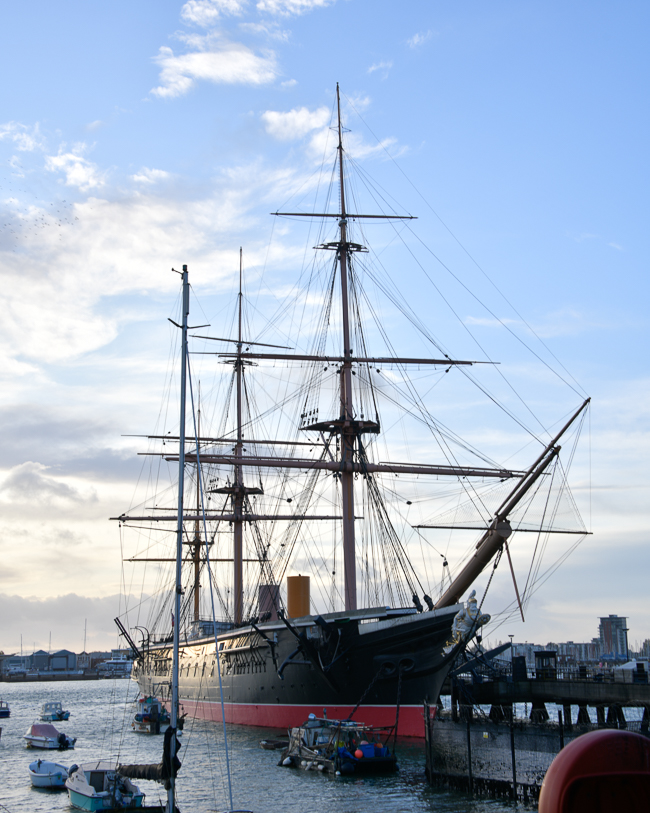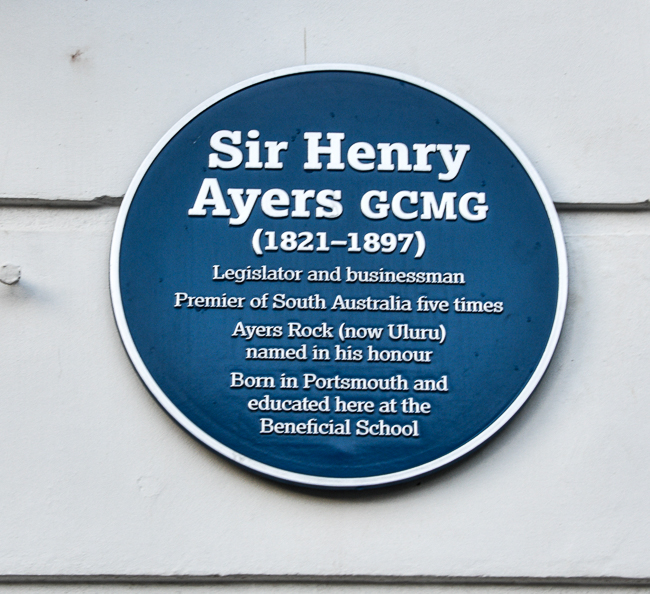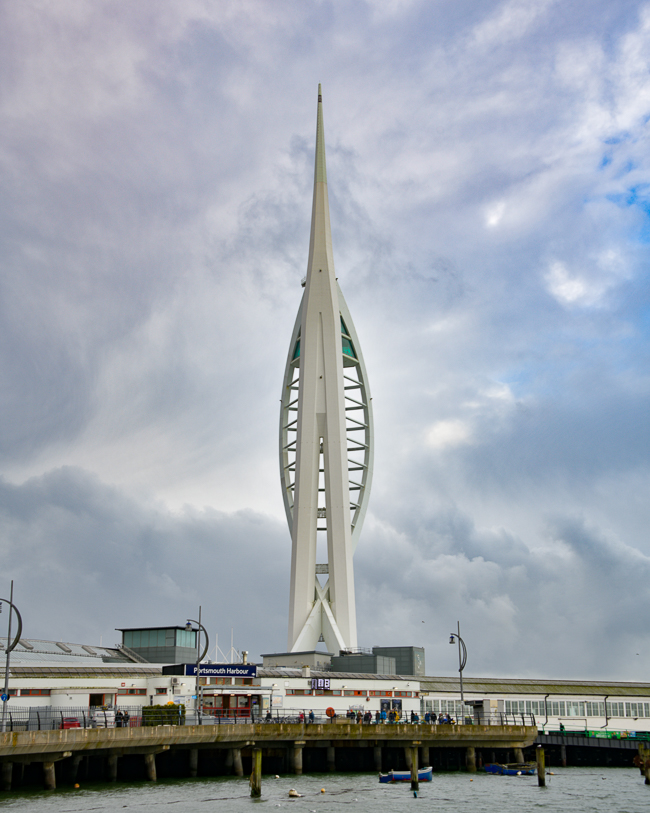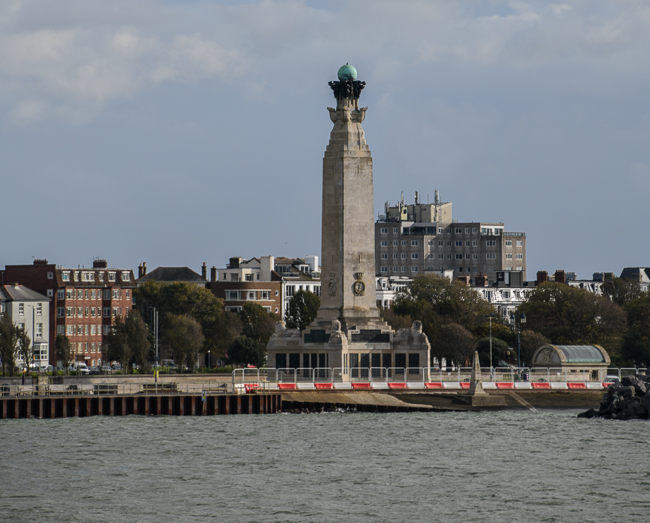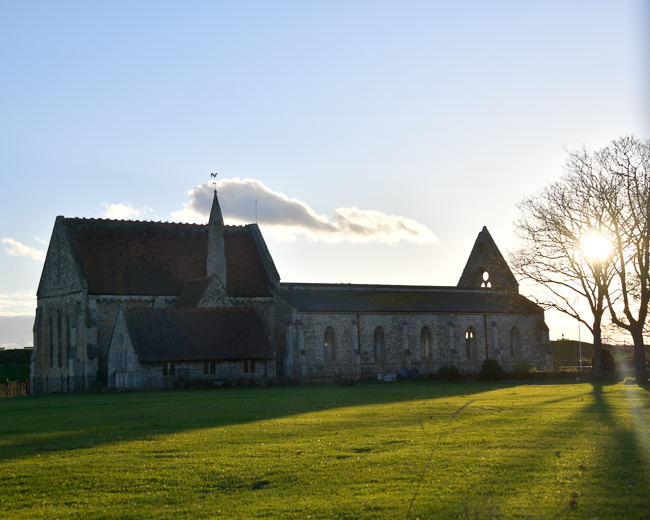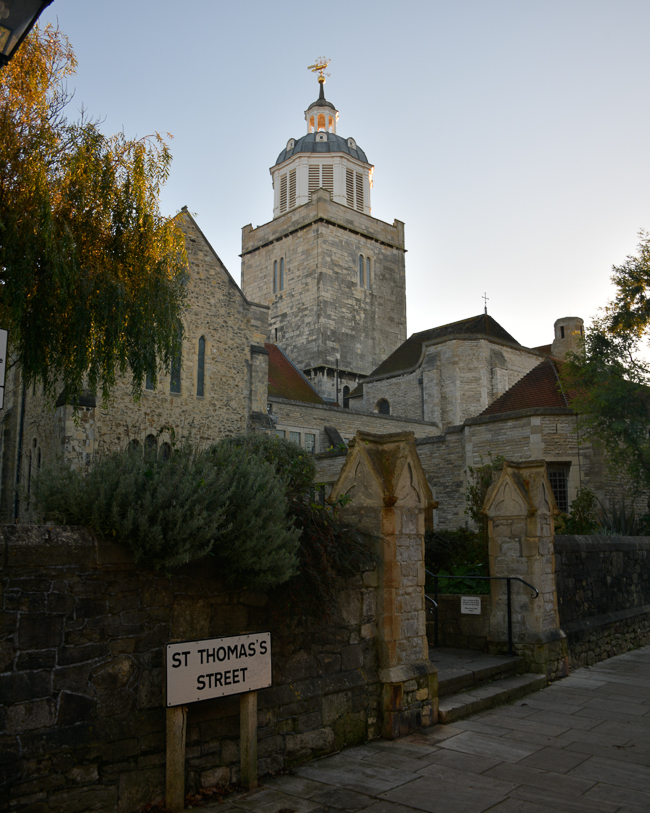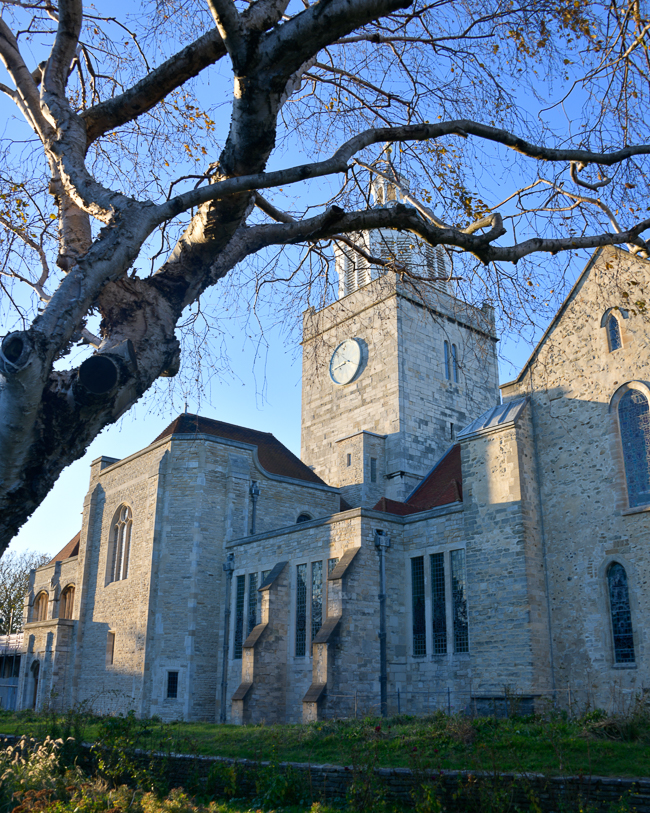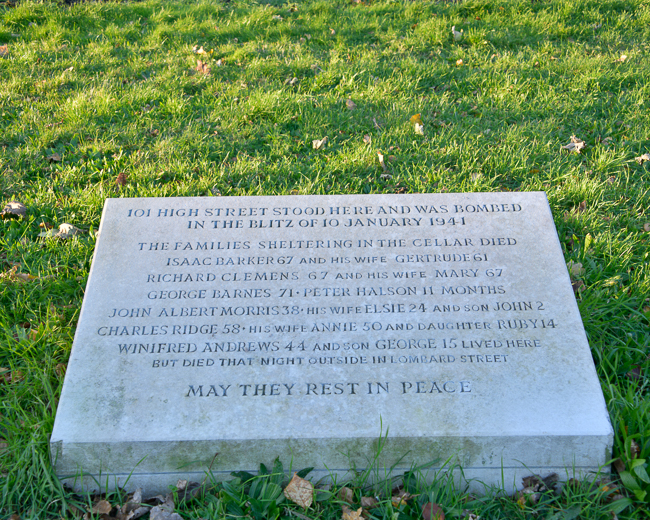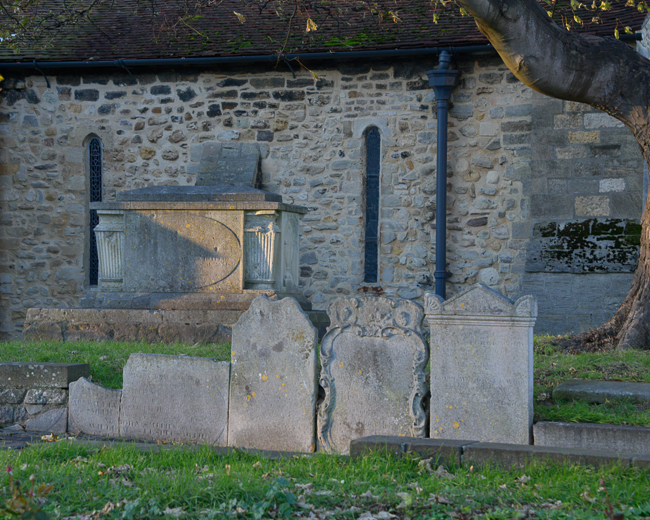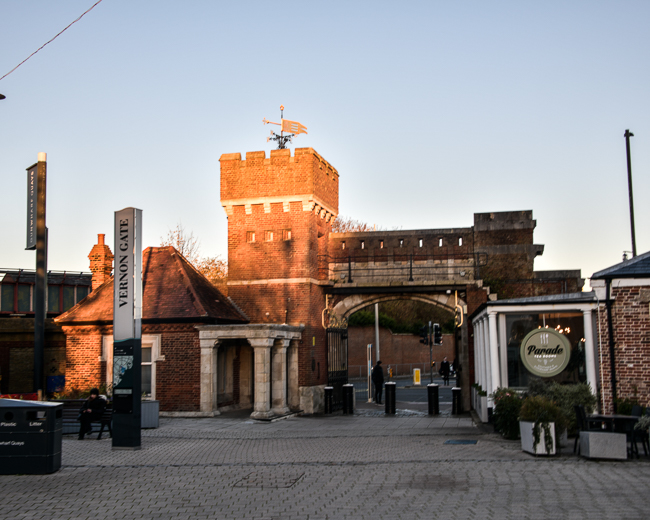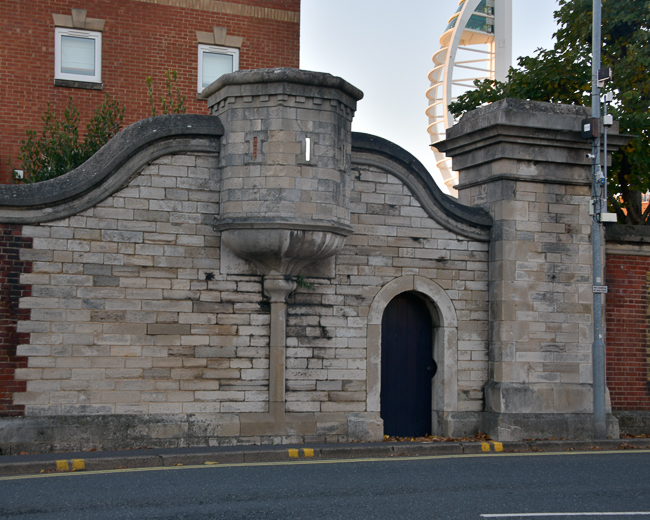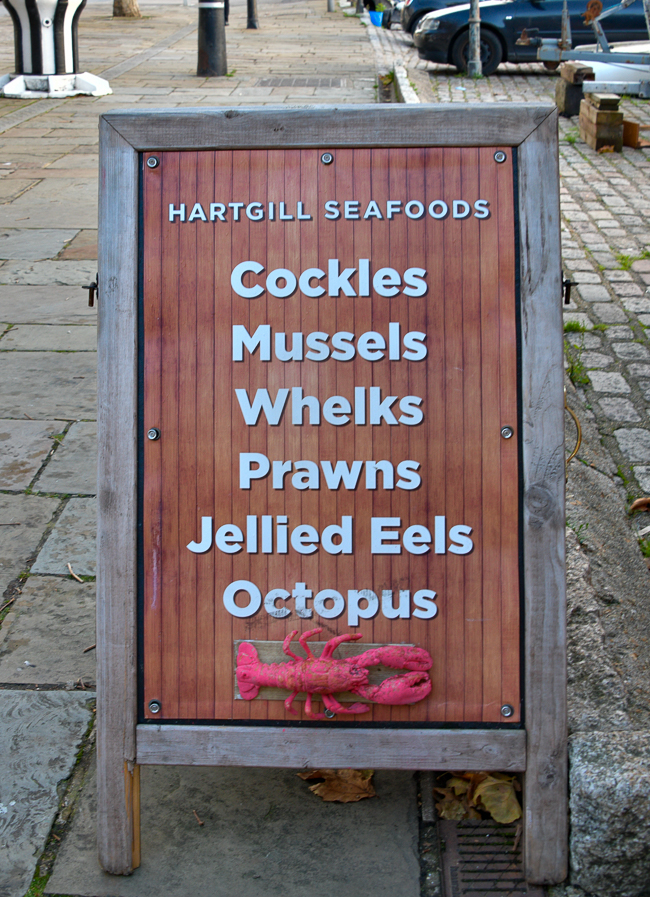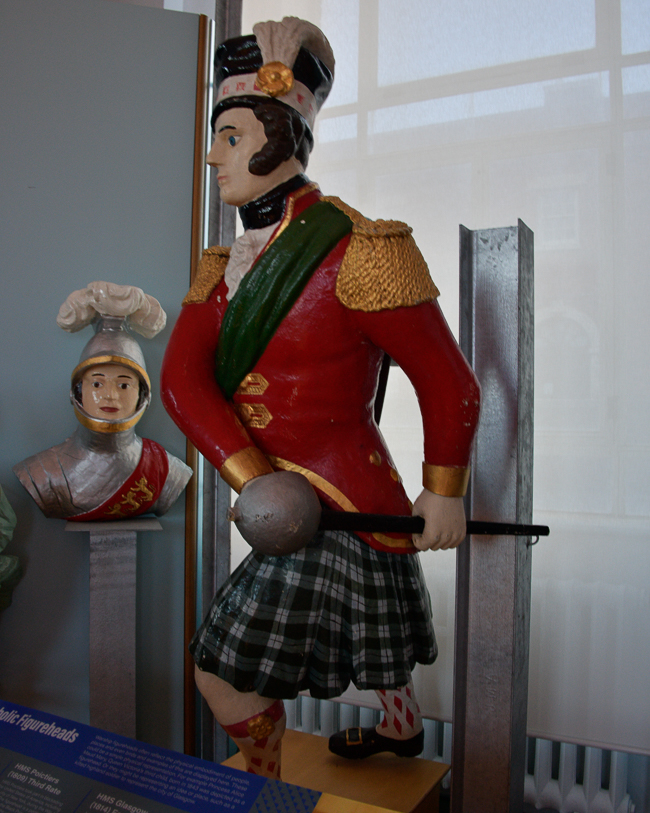November 10, 2o23
Portsmouth’s history dates to the Roman times. It is said that Portsmouth was founded c. 1180 by Anglo-Norman merchant Jean de Gisors.
The city is home to the first drydock ever built. It was constructed by Henry VII in 1496. Portsmouth has served as a significant Royal Navy dockyard and base for centuries.
The Dockyard, which is still a major source of employment, dates from 1496 when the town was already a naval base. It was greatly expanded after 1698 and now covers more than 300 acres. In the 1860s, four masonry forts were built along the Spithead to defend the port and naval base.
Portsmouth is the birthplace of notable people such as author Charles Dickens, engineer Isambard Kingdom Brunel, former Prime Minister James Callaghan, and actor Peter Sellers.
The Spinnaker Tower is a 560-foot-tall observation tower built to be the centerpiece of the redevelopment of Portsmouth harbor. The tower’s design was chosen by Portsmouth residents from a selection of three different designs in a 1998 public poll.
The tower was designed by local firm HGP Architects and engineering consultants Scott Wilson and built by Mowlem.
The Portsmouth Naval Memorial commemorates approximately 25,000 British and Commonwealth sailors who were lost in the World Wars, around 10,000 sailors in the First World War, and 15,000 in the Second World War. The memorial features a central obelisk, with names of the dead on bronze plaques arranged around the memorial according to the year of death.
The Royal Garrison Church is thought to have been built in 1212 by the Bishop of Winchester as part of a hospital and hostel for pilgrims. After the Reformation, it was used as an ammunition store before becoming part of the governor of Portsmouth’s house during Elizabeth I’s reign.
King Charles II married there in 1662. The church was destroyed by fire bombs on January 10, 1941, but the chancel survived.
The Cathedral Church of St Thomas of Canterbury, more commonly known as Portsmouth Cathedral, is an Anglican cathedral church. It is the cathedral of the Diocese of Portsmouth and the seat of the bishop of Portsmouth.
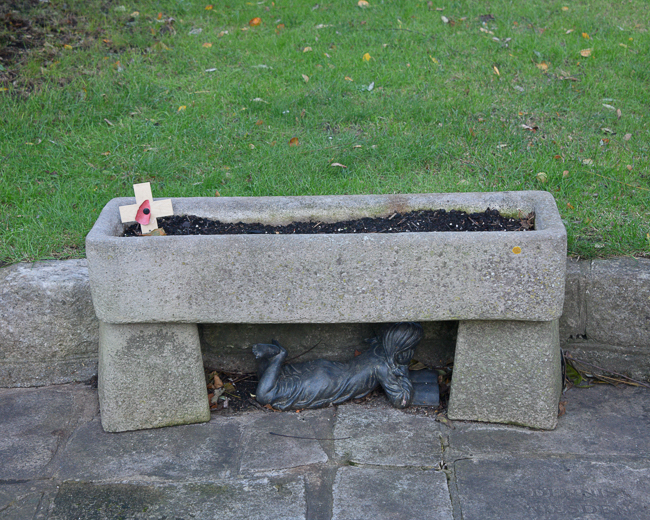
A sweet little planter with a little girl reading a book underneath. This sits in the reflective garden of Portsmouth Cathedral.
Portsmouth suffered severe aerial bomb damage during World War II, and substantial clearance and rebuilding took place in the postwar decade.
Gunwharf Quay is now a shopping center. It was constructed in the early 21st century on the site of what had once been HM Gunwharf, Portsmouth. Gunwharf was one of several such facilities that were established around Britain and the Empire by the Board of Ordnance, where cannons, ammunition, and other armaments were stored, repaired, and serviced, ready for use on land or at sea. Later known as HMS Vernon, the military site closed in 1995 and opened to the public as Gunwharf Quays in February 2001.
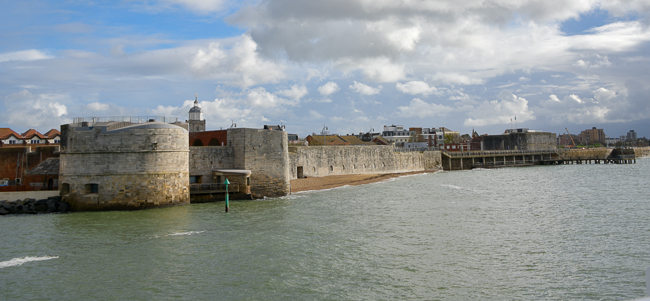
Point Battery (which is also known by its earlier name, Eighteen Gun Battery) is a former gun emplacement.
The gun battery was created as part of Bernard de Gomme’s rebuilding of the fortifications around Portsmouth in the late seventeenth century.
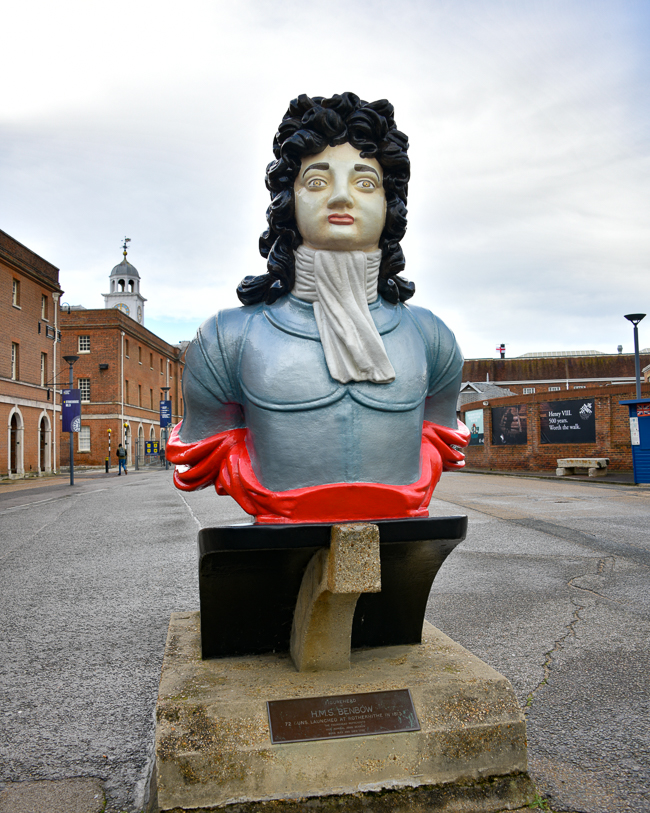
Vice-Admiral John Benbow (March 10, 1653 – November 4, 1702)
This is just a very small sampling of Portsmouth, as I only really had one day, but it is truly a delightful town with the most amazing and informative museums.
